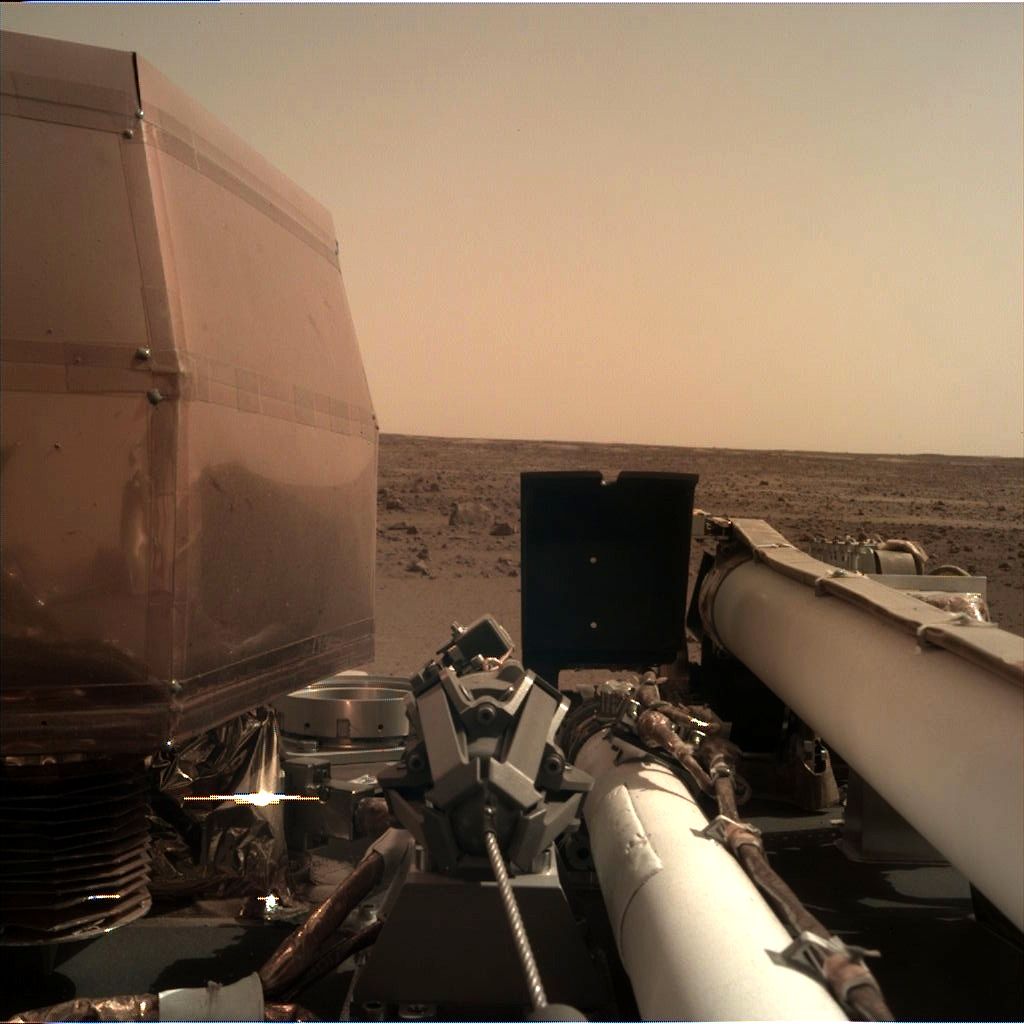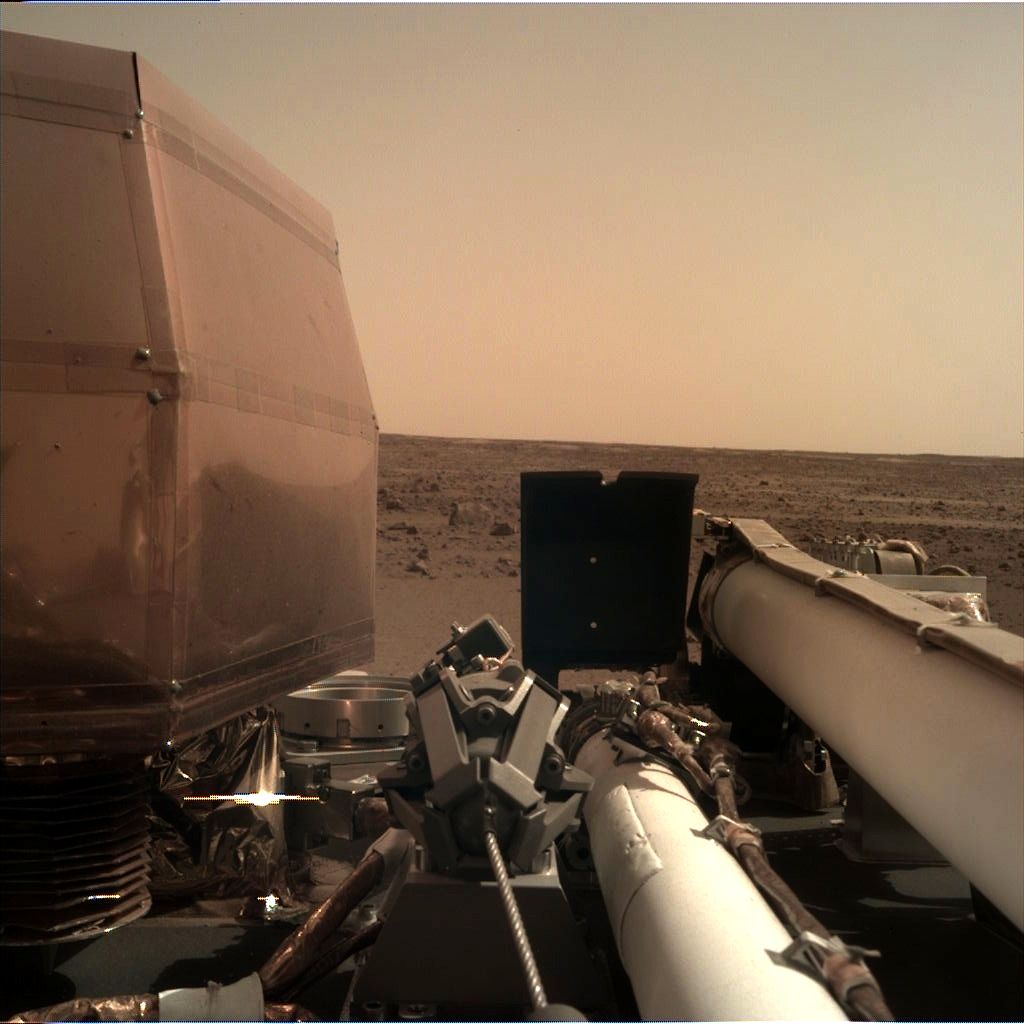If you’re paranoid about your cyber security, you may not be so crazy after all.
The cybersecurity industry is experiencing a growth that is almost unparalleled across any other industry even taking into account historical figures. Some people say that the growth in the need of cybersecurity is going to create the biggest wealth transfer we have seen in our lifetime.
With every aspect of our life being fine-tuned with the use of data, making sure that data is secure is becoming a top priority around the globe. This is being reflected in the massive growth of the cybersecurity industry and the massive demand for individuals who have been trained to keep data safe.
The Growth of Cybersecurity
Cybersecurity is the fastest growing technology sector out there. And with cybercrime at an all-time high, the cybersecurity niche is set for massive growth over the next 5 years.
The amount of money that individuals and businesses spend on cybersecurity is growing and is expected to be over $1 trillion cumulatively over the next five years, from 2017 to 2021.
Cybercrime and security breaches are continuing to cost businesses and individuals more and more money. The amount of damage done is expected to be $6 trillion annually by 2021, up from $3 trillion in 2015 according to Robert Herjavec, the founder and CEO of Herjavec Group, a Managed Security Services Provider.
There is an expectation that there will be 1.5 million cybersecurity job openings by 2019, a huge increase from just 1 million in 2016. By 2019, the demand is expected to increase to somewhere around 6 million globally according to Cybersecurity Ventures.
If you’re looking for a great career, recent studies suggest that cybersecurity unemployment rate will remain at 0% over the next 5 years, from 2017 to 2021.
What Has Spurred The Growth of Cybersecurity?
The major reason cybersecurity is growing at such a rapid pace is the growth of cybercrime and the number of digital devices we use in our day to day life.
The rise of the Internet Of Things (or IoT for short) has provided hackers and malicious actors more opportunities to cause havoc than ever. And that havoc comes with real work $-signs attached to it. In fact, the number of IoT devices jumped by 31% to 8.4 billion in 2017 according to a Gartner study.




